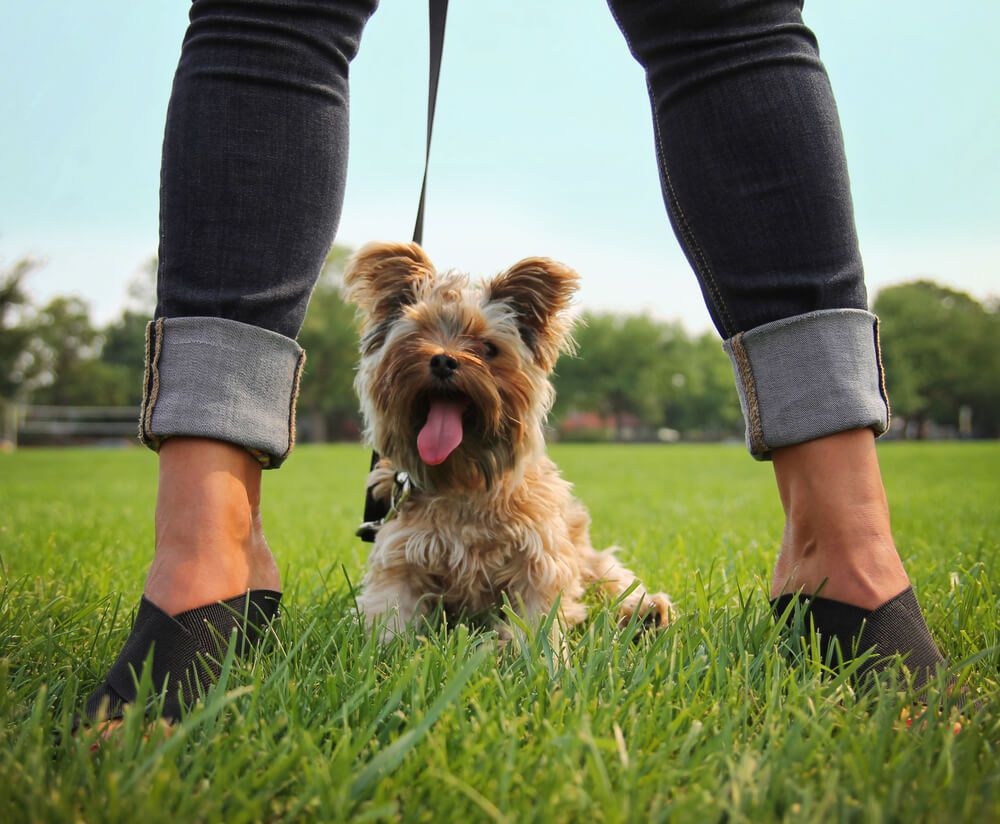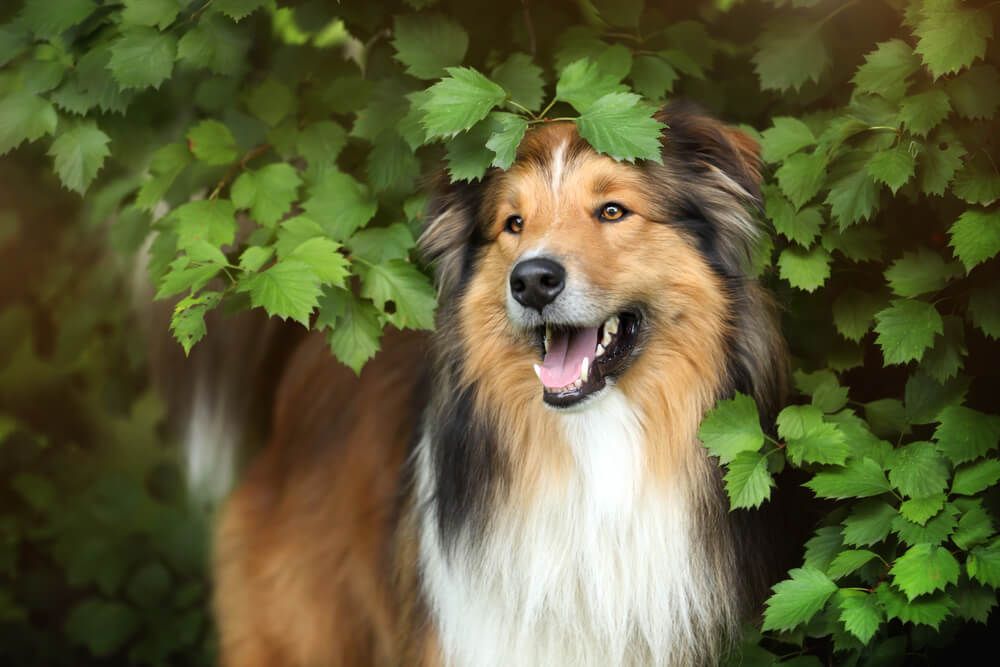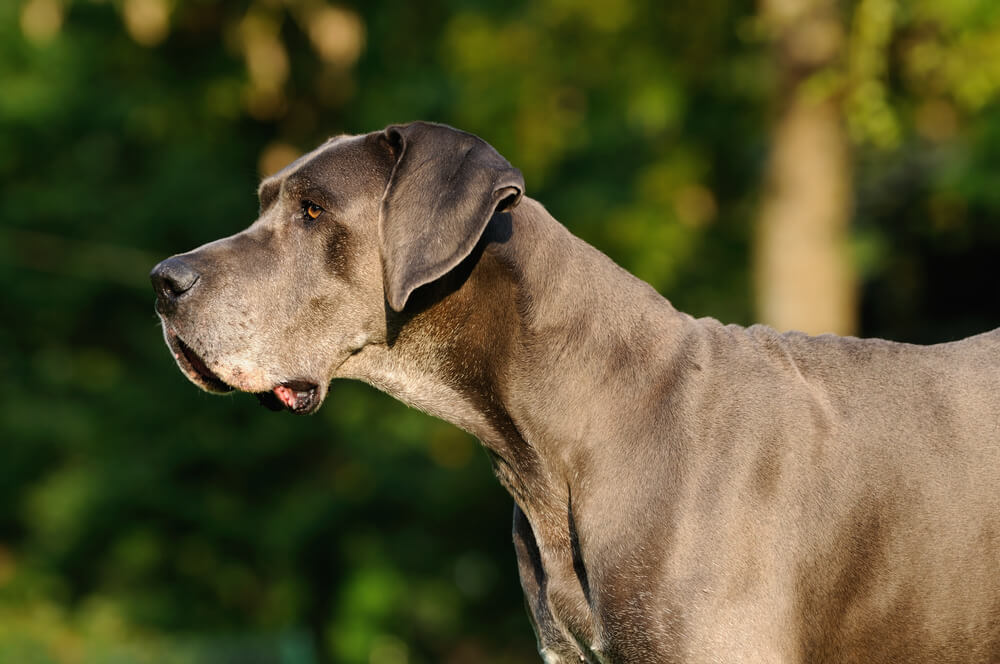Hey Ollie blog readers! We’re offering you an exclusive 60% OFF your starter box! Try now!
Anyone who has ever owned a Pitt Bull or Rottweiler will probably tell you about the countless times mothers have clutched their children or people have crossed the street to avoid walking by them. But is this really necessary? Should these (or other dog breeds) be feared or avoided? Is the Chihuahua across the street all bark or will he bite if you come within striking distance? Are these breeds naturally aggressive? The answer to this question may surprise you.

What is dog aggression?
According to the ASPCA, “To say that a dog is “aggressive” can mean a whole host of things. Aggression encompasses a range of behaviors that usually begins with warnings and can culminate in an attack. Dogs may abort their efforts at any point during an aggressive encounter.” An aggressive dog might:
-
- Baring their teeth
- Growl
- Bark
- Snarl or snap at the air
- Bite quickly without breaking skin
- Bite multiple times
- Bite down hard and shake vigorously
It is important to remember that these behaviors may not happen in this exact order, but many times the dog will growl or give some type of warning before biting. A lot of times when someone says a dog bit them out of nowhere, it is because they did not see (or know) the warning signs that the dog was uncomfortable or becoming aggressive. If a dog is taught not to bark or growl, this may lead to skipping some of these warning behaviors and heading right for snapping or biting. The University of Pennsylvania’s Department of Behavior Medicine has produced a great handout that helps pet owners understand their dog’s body language and communication.
Learning your dog’s body language and communication is important, especially if they have aggressive tendencies. This way you can de-escalate the behavior quickly before a bite or other tragedy occurs. Some dogs may lick their lips, yawn or start to move away from something they don’t like or is making them nervous. If you don’t know to look for these subtle signs, your dog may start communicating using stronger signals. Just like if you tell someone something once and are ignored, you may say it again, louder.
Dogs can become aggressive when protecting their territory or members of their family when they are possessive of food or toys or even when they are scared or trying to defend themselves. Understanding why a dog is showing signs of aggression can help you prevent it from happening or de-escalate a situation. This could be as simple as crossing the street when you see another dog coming, avoiding large crowds and groups of young children or allowing your dog to eat alone in a quiet space.
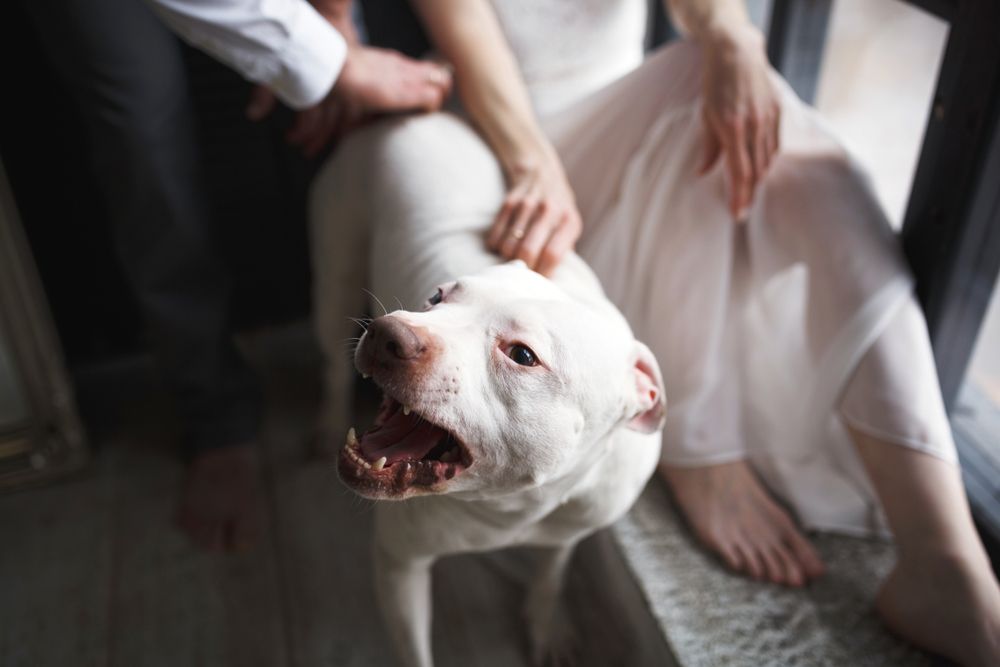
Aggression vs. reactivity: What’s the difference?
The American Kennel Club says reactivity is commonly confused with aggression. “Dogs that are reactive overreact to certain stimuli or situations. Genetics, lack of socialization, insufficient training to learn self-control, a frightening experience, or a combination of these can all cause reactivity, and fear is typically the driving force”
This sounds a lot like aggression, which they define as “hostile, injurious, or destructive behavior toward an individual, whether human or another animal.” So how do you know if your dog is aggressive or reactive and does it really matter if you can distinguish between the two?
The best thing to do is to seek professional help. To keep your dog and everyone around them safe you will want a pro like a veterinary behaviorist, vet, or trainer to help you figure out what is going on and how to modify the behavior.
If you have a rescue dog and your dog was in an abusive home, stray, or you simply do not know a lot about your dog’s background, it may take some detective work to figure out what is going on and how to best help your dog. Remember that it will take time and patience to see the behavior change. For some dogs, this can also require the use of medication under the supervision of a vet. This will not be a speedy process and even as you’re seeing progress, it is possible that there will be some setbacks along the way too. This is normal.
A pro will be able to watch your dog’s body language and help you determine if your dog is acting out of fear, anger, or something else. It is important that you recognize this behavior is not your fault and that it is okay to get help.
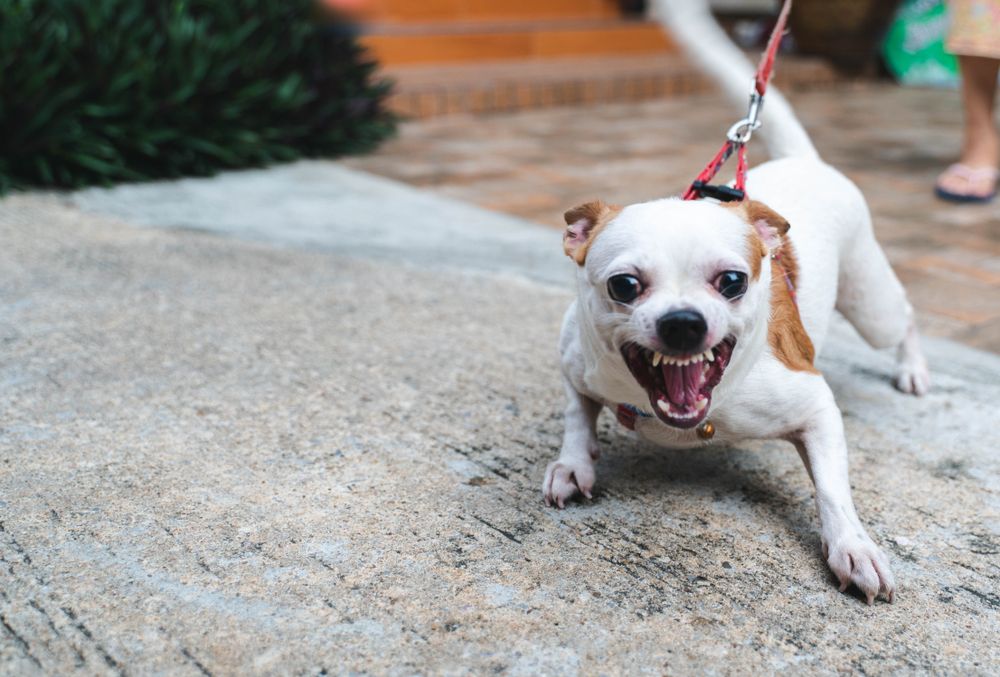
Are there specific breeds to look out for?
If you google the most aggressive dog breeds, you will find tons of articles and listicles that are mostly clickbait.
The American Kennel Club and other notable dog organizations do not maintain such lists.
The one caveat to this is homeowner’s insurance companies. In most cases, homeowners insurance covers the homeowner’s liability for dog bites. Many of these companies have lists of breeds that are restricted from this coverage. The most common breeds are:
-
-
- Pit Bull
- Rottweiler
- Chow Chow
- Presa Canario
- Akita
- Doberman Pinscher
- Mastiff
- Wolf
- German Shepherd
- Wolf hybrids
-
If this is a concern for you as a home and pet owner, check with your insurance company. In some cases, you can actually get the companies to make an exception. The two most common ways to do this are to pass the AKC Canine Good Citizen Exam or if your dog works for you as a service dog. For the latter, your dog is actually protected under the Americans with Disabilities Act. If you are not disabled, passing the CGC the better (less expensive and time-consuming) route to take to get an exception. The CGC shows the insurance company (and the community) that your dog is properly trained and socialized, and under your control.
All dogs can become aggressive or reactive without proper training and socialization. That is why this is critical to ensuring the health, safety and wellbeing of your dog. Just like chronic stress is bad for you, it is bad for your dog too! Exposing your dog to new people, places, and things in a positive and safe way will help them build confidence and can help prevent aggression and reactivity.
If you are concerned about aggression and reactivity, you can speak with a reputable shelter or adoption organization. They will help you find the right dog for your home, family and lifestyle. Some popular breeds that make excellent family dogs include Pugs, Cavalier King Charles Spaniels, Labrador and Golden Retrievers, and French Bulldogs.
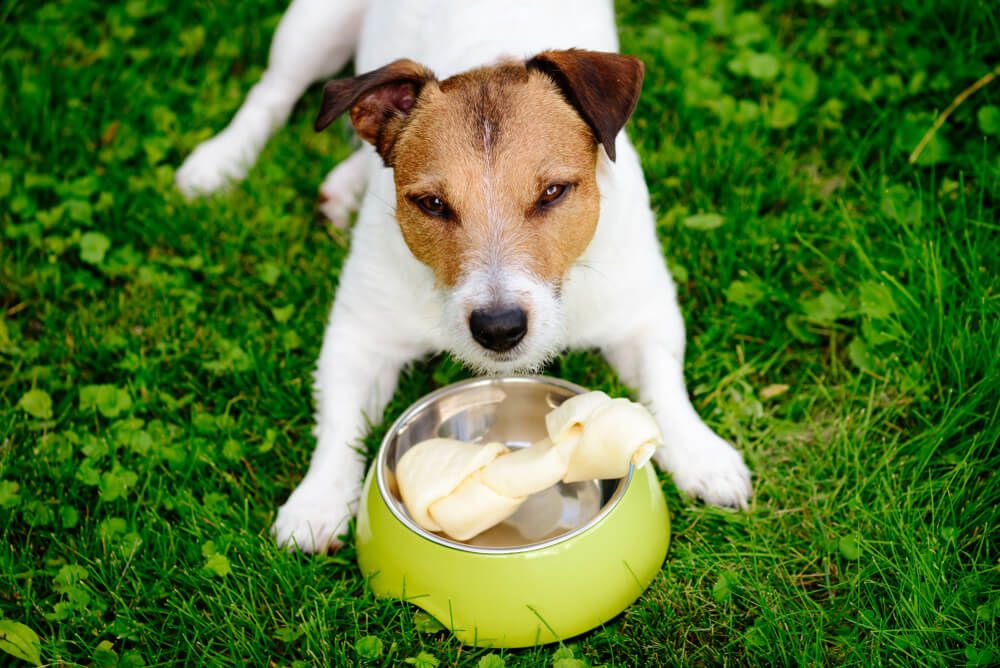
Food Aggression & Proper nutrition
In the past, many shelters used a behavioral assessment of taking food away from a dog while eating to determine if they had food aggression or reactivity. According to the ASPCA “Research studies have confirmed that incidents of food aggression on an assessment are not predictive of a shelter dog’s behavior in the adoptive home.” Therefore, many shelters have dropped this type of assessment opting for a variety of other indications.
“The ASPCA acknowledges that (a) it is still unknown whether any particular source of information is more predictive of future behavior in a home than any other and (b) current scientific thinking on the usefulness of behavior assessments in predicting aggressive behavior is inconclusive.”
When a dog enters the shelter, especially if they were previously underfed, abused or a stray with inconsistent access to nutritious food, it would make sense that they feel the need to guard it as they may still feel that they do not know when their next meal is coming. This behavior can take a long time to modify, so if your dog is territorial about food, expecially if they have experienced food scarcity in their life, you may have to be extra patient.
If you have a dog and you have children, it is a good idea to teach the them that the dogs food area is off-limits and the dog should not be disturbed while they are eating. This minimizes risk for everyone involved and allows your dog to eat safely and comfortably.
Some trainers reccommend that instead of reaching into your dogs bowl and taking food out or taking it away, you actually reach in and add food. This can help your dog understand that you coming into their space means good things!
Providing regular meals and nourishing food is one way you can help your dog feel safe. With young puppies and dogs who are learning, you may also use food to communicate. For example, giving your dog a treat for a job well done in an obedience class or offering a long-lasting chew treat or filled Kong as enrichment while you’re on a conference call or can’t provide your dog with undivided attention.
At Ollie, we take pride in helping you give your dog the best nutrition. We carefully source human-grade ingredients including high-quality proteins, fruit, and vegetables. We work with veterinary nutritionists to develop recipes to keep your pup nourished and healthy.
The Ollie blog is devoted to helping pet parents lead healthier lives with their pups. If you want to learn more about our fresh, human-grade food, check out MyOllie.com.
Tagged As:

The nutrition your dog needs,
the food they want.

Enjoying our articles? Subscribe our Newsletters and get new articles directly to your inbox
You might also like
25 March 2025
4 MINS READ
Yorkie Pros & Cons: Is a Yorkie the Right Dog for You?
At around 7 inches tall and weighing just 7 pounds, the Yorkshire terrier (Yorkie for short) can fit a lot of personality into their tiny bodies. If you’re looking for a new best friend and have …
25 March 2025
5 MINS READ
Collie Temperament: 6 Personality Traits Explained to Get to Know Collies Better
Described by the American Kennel Club as devoted, graceful and proud, the collie is ranked 38th on their list of most popular breeds. While many people think of Lassie when they think of the coll…
25 March 2025
7 MINS READ
Great Dane Temperament & Personality: Get to Know Your Dog
Usually, the first word that comes to mind when you think of a Great Dane is larger than life! These big, beautiful dogs have a way of capturing attention wherever they go. Have you ever wondered w…





